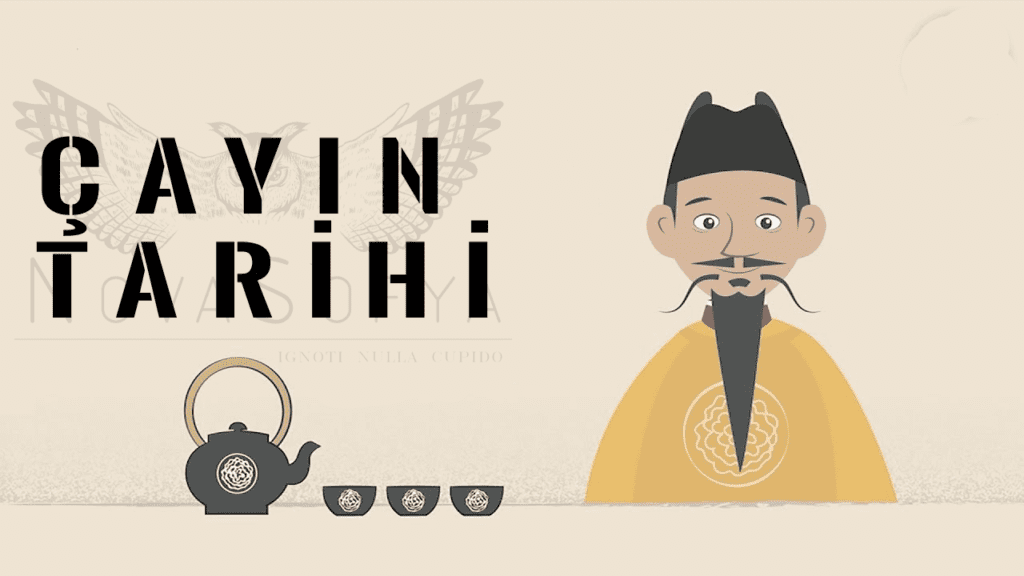History of Tea

Worldwide, tea is the most consumed beverage after water. Tea was first known in China since 2737 BC and was told through various legends. According to one story;
When the Chinese emperor Shen Nong was boiling drinking water under a tree in his garden one spring day, a leaf fell into the water and a pleasant smell spread. This was the first brewing of green tea. This drink, which was dried and further processed, spread all over China, then to Japan, and from there to the world.
While this is of course a story, the truth is that tea has been known in China since ancient times.
The homeland of the tea plant is Upper Burma, a region that covers Southeastern China and Central Vietnam. The earliest historical information in Western literature is found in an Arabic travelogue, which says that the income of the Cantonal city came from taxes on tea and salt. Later, Marco Polo and other travelers also mentioned tea.
From the 6th century onwards, tea drinking became widespread in China, and in the 10th century it became the national drink of China. Tea reached Japan in the 8th century and became widespread there after the 12th century. Tea culture in Japan has reached a very advanced level; A “tea room” has begun to be included in homes. “Tea masters” with deep knowledge of tea preparation and service were trained. Over time, a tea culture emerged in Japan that included tea ceremonies and considered tea sacred. The tea ceremony and rituals known as “Cha-no yu” were developed by Sen Rikyu in the 15th century. Japanese tea culture was introduced to the outside world through Okakura Kakusô’s “Tea Book.” The first English edition of this book was published in 1906.
Europeans, who first heard the name of tea in travel books, met tea when they came to the Netherlands with Flemish ships in the early 17th century. It was imported to France in 1636, to Russia in 1638, and to England in 1656. The Puritan clergy were not at all pleased with the introduction of tea into Europe and claimed that tea and teahouses were harmful to Christianity. These reactions resonated especially in England, and in 1675, the King of England closed the teahouses and forbade the drinking of tea. However, this ban did not last long and was lifted in a short time.
Although the tea reached the Ottoman Empire from China via the Silk Road before reaching Europe, we have no documentation of the first parts of its journey. However, we find information about tea in Evliya Çelebi’s Seyahatnâme, written at the beginning of the 17th century. Then we find records of tea in a perfumery account book dated 1777 and in customs records dated 1816.



